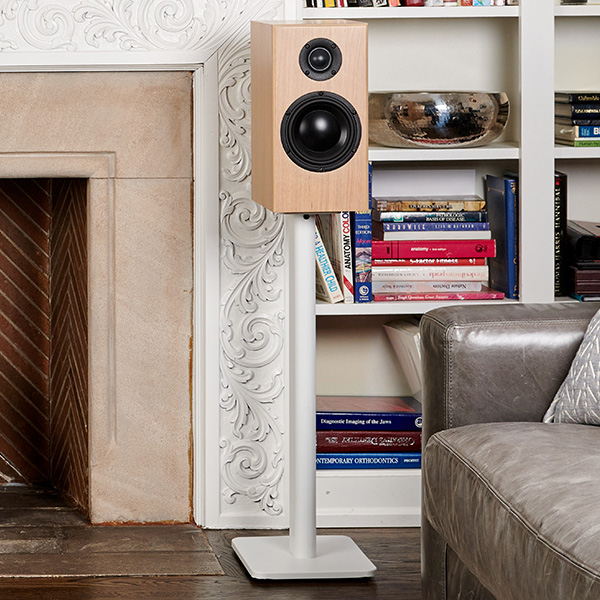
When it comes to getting the most out of a high-end audio system, audiophiles are always on the lookout for ways to optimize their sound experience. Two popular methods for enhancing speaker performance are bi-wiring and bi-amping. While these techniques aren’t as common as standard wiring and amplification setups, they offer potential sonic benefits that can take your music listening to a higher level. In this article, we’ll explore the pros and cons of bi-wiring and bi-amping your loudspeakers, how they work, and whether these upgrades are worth the investment for your home audio system.

Bi-wiring involves using two separate sets of speaker cables to connect your amplifier to the speaker. Most speakers have binding posts designed for single wiring, but many high-end speakers, like those offered by Totem Acoustic, come equipped with two sets of binding posts—one for the high frequencies (tweeter) and another for the low frequencies (woofer). When bi-wiring, each set of posts receives its own dedicated speaker cable, theoretically reducing interference between the high and low-frequency signals.
Bi-amping takes the concept of bi-wiring a step further. Instead of using one amplifier to power the speakers, you use two separate amplifiers—one dedicated to the high frequencies and the other to the low frequencies. In a bi-amped system, the two amplifiers provide power to each section of the speaker independently, allowing for more precise control over the drivers.
There are two types of bi-amping: passive and active. Passive bi-amping relies on the internal crossovers in the speaker to direct the frequencies to the correct drivers, while active bi-amping requires an external crossover to manage frequency distribution.
Both bi-wiring and bi-amping offer potential improvements in sound quality, but how much of a difference they make can vary depending on your specific equipment and listening preferences.
If you’re considering upgrading your audio system with bi-wiring or bi-amping, here’s what you’ll need:
Be prepared for the added cost of extra cables and possibly an additional amplifier if you go the bi-amping route. The financial investment can be significant, but for audiophiles seeking that extra level of performance, it may be worth it.
Both bi-wiring and bi-amping offer sonic improvements that can elevate your listening experience, but the benefits vary depending on your system and how sensitive you are to sound changes. Bi-wiring is a relatively inexpensive way to explore these enhancements, while bi-amping can offer more noticeable gains for those willing to invest in the extra equipment. If you’re passionate about high-end audio, these techniques are certainly worth considering, especially when paired with high-performance speakers like those from Totem Acoustic.If you enjoyed this article and would like to explore similar topics, we invite you to visit our News + Reviews section for more insights on optimizing your audio system and getting the best performance out of your music system.
Share this article with your friends!


Get the latest info on new products, events, contests and more!

